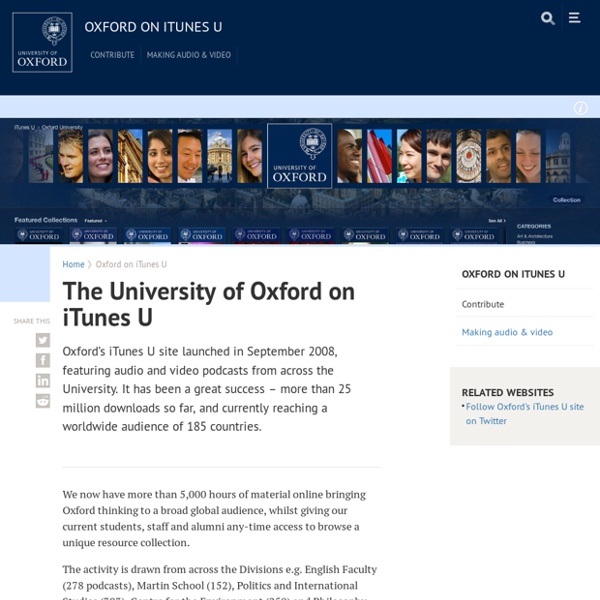



on iTunes U Harvard on iTunes U allows the University to distribute world-class educational content to the world at large. Watch Michael Sandel give his famous "Justice" lectures, learn about the intersection of science and cooking, or listen to Yo-Yo Ma perform Bach’s First Suite for Solo Cello. Questions or feedback? Contact us at digitalcomms@harvard.edu. About iTunes U iTunes U is a part of the iTunes Store featuring free lectures, language lessons, audiobooks, and more, that you can enjoy on your iPod, iPhone, Mac or PC. Frequently Asked Questions What is Harvard on iTunes U? Users must have Apple's free iTunes software installed to access the video and audio files and may find the content by searching or browsing the Apple iTunes store. How do I visit Harvard on iTunes U? What materials are appropriate for iTunes U? What if Harvard on iTunes U content infringes on copyright protection? What if Harvard on iTunes U content infringes on intellectual property rights?
Meeting Training and Learning Challenges with Reusable Learning Objects by Jacqueline Beck & Bobbe Baggio: Page 2 Using RLOs Reusability adds value to learning objects. The value of the learning object has a direct correlation to the organization’s ability to use it multiple times. We would like to point out two particular applications of learning objects that may not be as obvious, to offer a thought about the focus of learning objects and to give you two brief examples of actual design and re-use. RLOs and blended learning Blended learning is an important potential application for RLOs. For example, we produced some simple movies for one of our clients, and we incorporated these into online asynchronous training applications. In fact, we went a little further. Flexibility for the learner While reusing content for learning and training is the primary reason for creating learning objects, a second reason is the ability to put the information into a form that the learner can use individually. Is it time for an example? An example: Moving a learning object to an iPod How? Summary References Beck, R.
Design for Adult Learning, Teaching and Learning Theory, Feedback | LearnDAT (Learning Design and Technology) Design for adult learning Ideally, the design of a course should allow students to customize the experience to meet their goals and complement their personal learning styles. Leonard and DeLacey draw two observations from an Adult Learning Workshop [*] held at Harvard Business School that are useful to keep in mind when designing enhanced, blended or fully-online courses: students who already know the power of a classroom experience will not easily abandon that model for something new; because humans have "certain, predictable preferences and capabilities in learning," some principles of learning span different academic methods. They offer seven simple, yet valuable ideas that should be incorporated into the design of online courses: Learning is a social activity: group activities and communities aid in the effectiveness of the learning experience because of the basic nature of human beings as social creatures. [*] Leonard, D. and DeLacey, B. Factors to consider Teaching styles